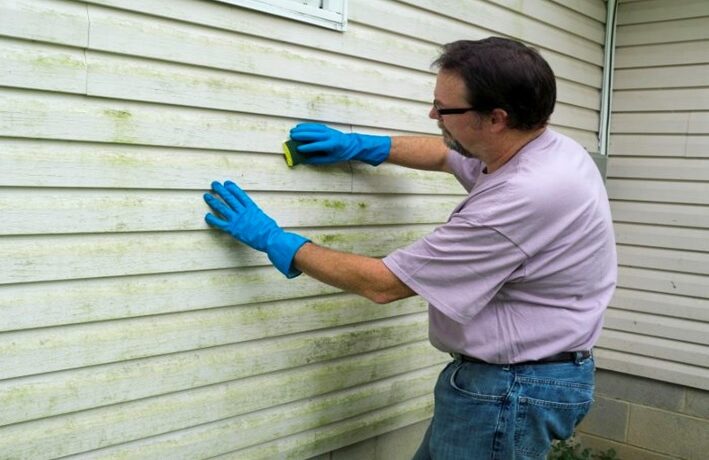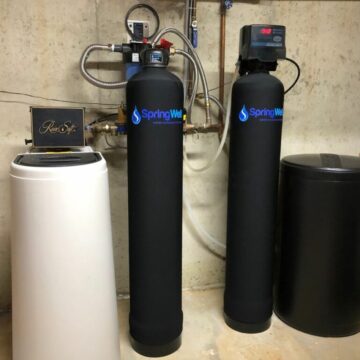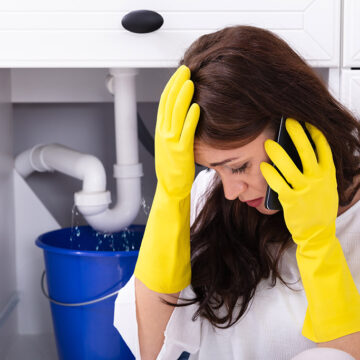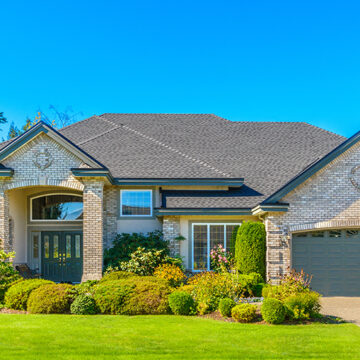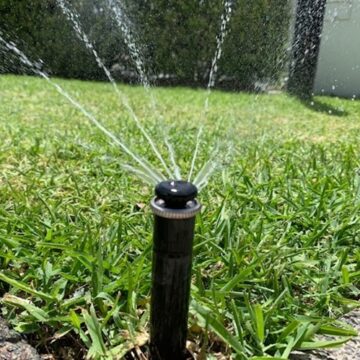A well-kept wood siding adds to a home’s natural beauty and charm by providing a beautiful connection to the outdoors. You may use it to warm yourself on cold winter days or as a gathering spot for events. With a few creative additions, it may be used for year-round enjoyment. Please visit our website for more info.
Regular maintenance with local pressure washing, whatever the occasion, preserves the natural beauty of your wood exterior while also increasing its resale value.
Rather than sweating it out on your own, consult the professional pressure washers. They have the skills and equipment necessary to remove stains and pollutants without causing any damage.
How to Maintain Your Wood Siding
Like any other aspect of your home, wood may be damaged by the environment over time and require upkeep. Cleaning solutions and brighteners work nicely. Suppose your deck is composed of South American hardwoods like Tigerwood, Camaru, or Ipe. A basic garden hose with a sprayer would suffice. It may be used to clean all of the filth off your deck.
A simple pressure wash will suffice for decks constructed of processed or pressed wood. But don’t get too close to the wood with the nozzle. Start with a low-pressure nozzle in a location where you can see if the spray is etching wood or splintering fibers. Washing wooden boards throughout their length prevents damage.
How Do You Pressure Wash Wood Sidings Without Damaging It?
Once you’ve mastered the appropriate method, you’ll be able to securely clean your home’s wood siding with a pressure washer without causing harm to the material. Cypress and cedar are two common types of wood siding used in homebuilding. By accentuating architectural highlights such as gable ends, the materials provide a warm warmth to a home’s façade. The siding is prone to mold growth despite insect resistance, especially in rainy, humid regions. If left alone, the mold can degrade the material, necessitating its replacement. Cleaning the siding regularly improves its look and extends the life of the material.
-
Connect a water supply to the pressure washer, such as a garden hose. In the pressure washer wand, place the yellow tip. To avoid siding damage, the tip you use is critical.
- In a 5-gallon bucket, mix the pressure washer detergent according to the manufacturer’s directions. In the bucket, place the detergent siphon line from the pressure washer.
- Using the pressure washer, wet the siding. Reduce the pressure washer pressure to the lowest and thoroughly saturate the siding.
- Mix 50 percent home bleach or chlorine with 50 percent water in a garden sprayer. To be cautious, test the solution on a small, indiscriminate area to see whether siding damage occurs. If there is no damage, spray the solution on the siding, concentrating on particularly filthy or moldy areas.
- Test the pressure washer at its lowest setting on a small, indiscriminate piece of siding using the 40 degrees “white” tip. Begin by keeping a six-foot space between the wand’s tip and the wall. To find the safest and most efficient way, experiment with different pressures and distances.
- With the pressure washer, clean the siding area. In the pressure washer wand, insert the detergent tip, usually black, and administer detergent as needed. Finally, rinse the siding with clean water with a power washer. To clean extremely filthy areas, use a soft bristles brush coupled to an extension pole.
Can You Pressure Wash Old Wood?
There is no straightforward answer to this question, but it is an excellent technique to clean dirty wooden siding and prepare it for new painting when done properly; if not, it can cause more harm than good. To benefit from the advantage of pressure-washing wooden sidings, homeowners must consult and hire the services of experts.
How Do You Get Green off Pressure-Treated Wood?
Green algae is an unattractive but typical nuisance that can accumulate over time on your deck. If your deck has become green after a long summer of humid weather or winter of snowfall, keep reading to discover how to clean it and keep it from growing back.
To remove green algae from the wooden sidings after pressure washing, the following approaches can be adopted, and they include:
- Products for removing moss and algae: Various products on the market are developed to remove moss and algae from decks. However, many of these products allow you to “wet it and forget it” since there is no need for their removal as they dry up the algae.
- White distilled vinegar: is a widely used natural cleaner that may be used both inside and outside the home. To eliminate algae, mold, and mildew, Scrub the deck with a solution made of one gallon of water and one full cup of white vinegar.
- Hydrogen peroxide: is another cleanser you most likely already have in your house. However, it’s crucial to note that hydrogen peroxide does not stop algae development; rather, it forms a bubbly surface that helps lift the algae away from the surface, making it simpler to wipe away.
What Is the Cost of Pressure Washing Your Wood Siding
The typical cost of a professional power washer is $0.40 per square foot, or $25 to $100 per hour, depending on the size and kind of the work and the equipment required. On the other hand, most professionals charge a set sum of $90 to $200, according to Homeadvisor.
Verdict
Sidings made of wood are an important feature of every home. As a result, whatever you do to improve the construction and appearance of your property adds to its total worth. Even if you don’t plan on putting your property on the market anytime soon, the more value it has, the better. The easier it is to maintain this value, the greater care you give your wooden siding.
It is critical to hire the services of an expert. To guarantee that you get the most out of pressure cleaning your wooden sidings. The average quote to pressure was wooden sidings, according to Homeadvisor, is between $90 to $200.




